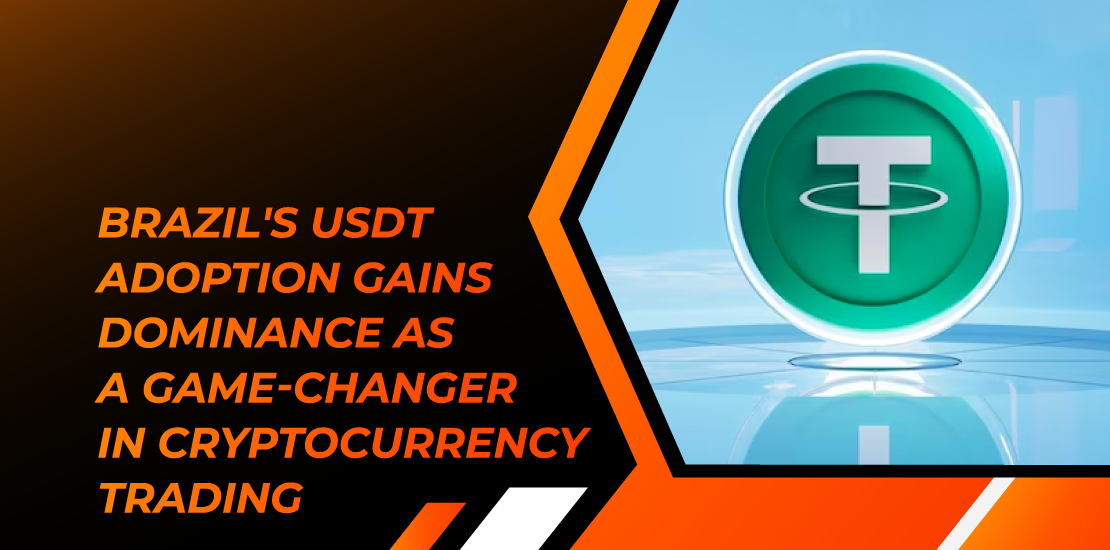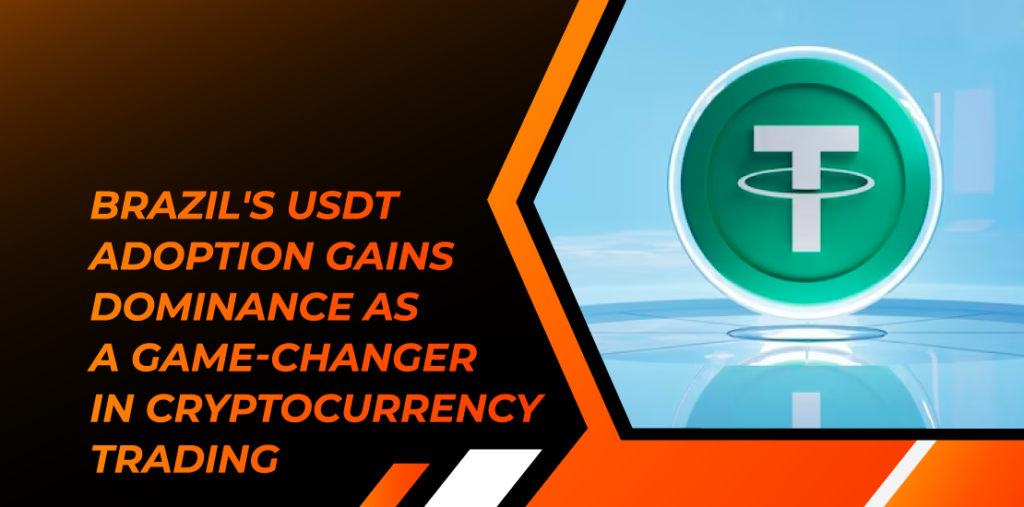- October 31, 2023
- Posted by: [email protected]
- Category:


A recent report from the Brazilian tax department has revealed that the trading volume of Tether (USDT) in Brazil has surpassed all other cryptocurrencies combined, underscoring the remarkable rise of this stablecoin in the country since 2021. Tether’s ascent has been nothing short of extraordinary, with its trading volume even outstripping that of Bitcoin during the same period.
According to the report issued by the tax department, “Among the stablecoins, the cryptocurrency called Tether stands out, which in the period observed by the tax authorities was traded at an accumulated level of more than R$271 billion, almost double the volume of Bitcoin in the same period (more than R$151 billion).” This data clearly highlights the growing preference for USDT in Brazil’s crypto market.
Further data from Brazil’s revenue service agency reveals a staggering statistic: a whopping 80% of all cryptocurrency transactions in the country are related to USDT. This revelation cements Tether’s position as the most traded digital asset in Brazil in 2023. The stablecoin’s trading volume in the country has even surpassed the total volume of all other cryptocurrencies traded in the previous year, signifying a momentous shift in the crypto landscape.
This trend aligns with recent warnings from international organizations like the International Monetary Fund (IMF), which has raised concerns about stablecoins potentially replacing official currencies and influencing the monetary policies of countries, especially in developing economies.
The Receita Federal do Brasil, Brazil’s tax body, has been closely monitoring the growth of stablecoins, employing advanced techniques like artificial intelligence and network analysis to gain insights. The report notes that this tool has been enhanced with new functionality to better represent relationships between operators in the cryptocurrency space.
One of the driving forces behind the surge in stablecoin trading in Brazil is the country’s high inflation rate and the steady devaluation of the Brazilian real. With an inflation rate of 10.06% in 2021, the highest level since 2015, citizens have sought refuge in stablecoins as a hedge against the devaluation of their national currency.
Another contributing factor is the tax regime in Brazil, where individuals are required to pay taxes on financial operations, known as IOF in Portuguese, when acquiring foreign currency. Notably, stablecoins have escaped this tax, making them a more cost-effective option for conducting financial transactions.
The prevalence of USDT in Brazil stands in contrast to other Latin American nations like Argentina, where Maker’s DAI stablecoin has garnered more attention. This divergence in stablecoin preference underscores the unique economic and regulatory factors at play in each country, shaping the cryptocurrency landscape in distinct ways.



